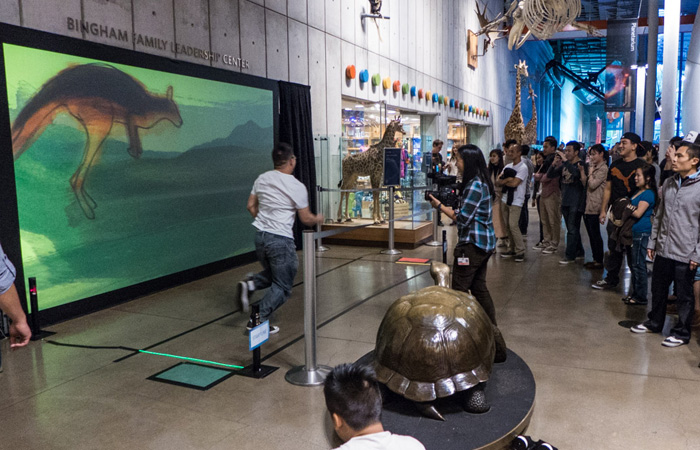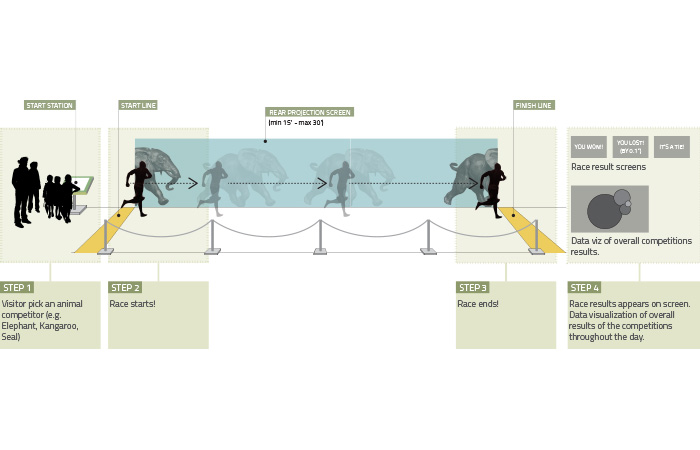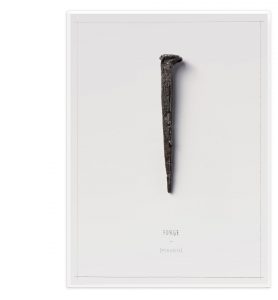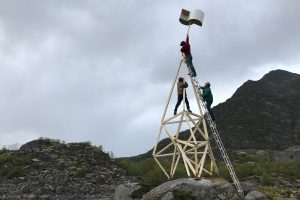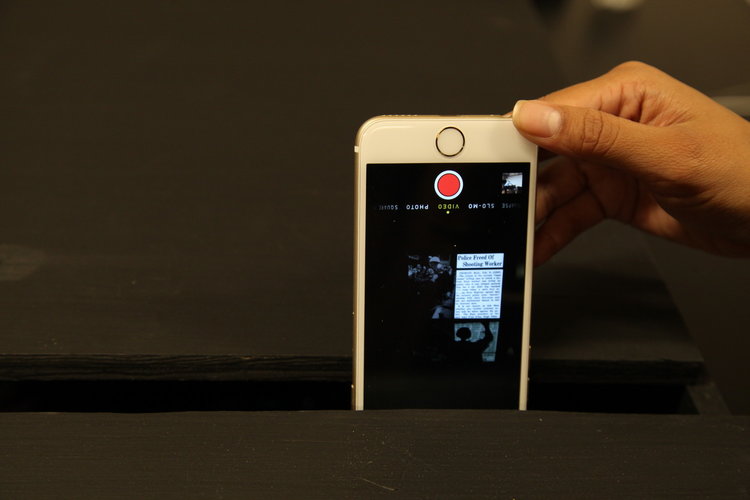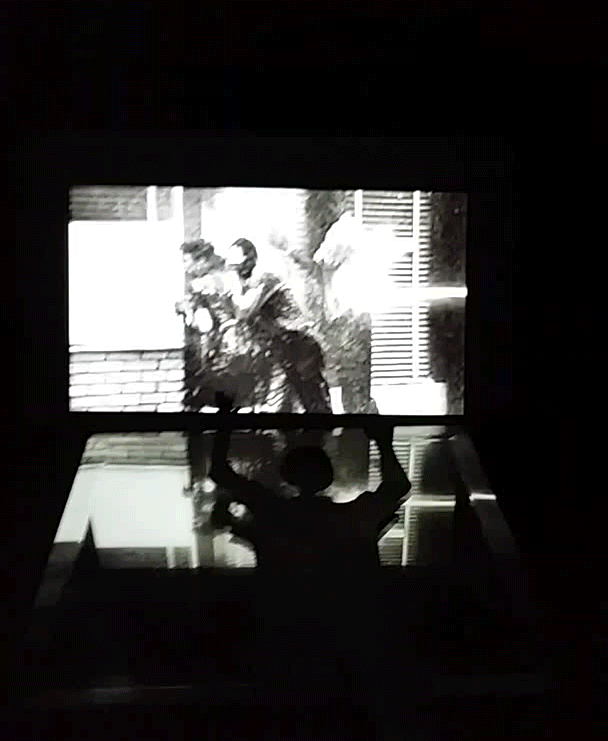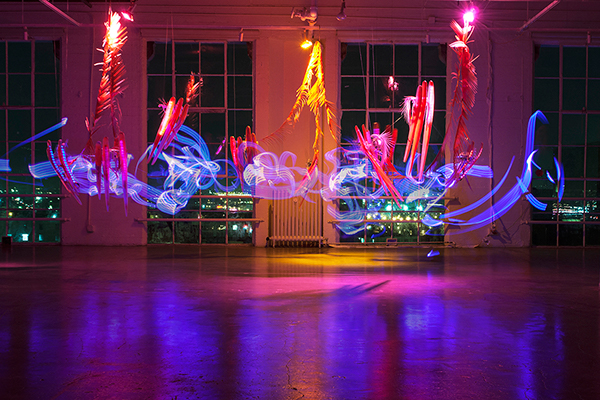
Filipa Valente is both a practicing architect and experiential designer with experience in major firms and studios. After completing her architectural studies at the Bartlett School of Architecture in London, she went on to obtain her Masters in Media Art and Architecture at SciArc in Los Angeles.
Valente’s project “Liminoid Garden”, in collaboration with the Heidi Duckler Dance Theatre, was an interactive machine assemblage between the city, its users, and the environment. I was particularly drawn to this project because of how the installation was able to respond to real-time environmental data from the city, engaging the audience by promoting awareness. Another cool factor is the interaction between the dancers and the installation and the resulting data visualizations.
Liminoid Garden* @ SKYLINE 2014 Festival DTLA from Filipa Valente on Vimeo.
![[OLD FALL 2019] 15-104 • Introduction to Computing for Creative Practice](../../../../wp-content/uploads/2020/08/stop-banner.png)
